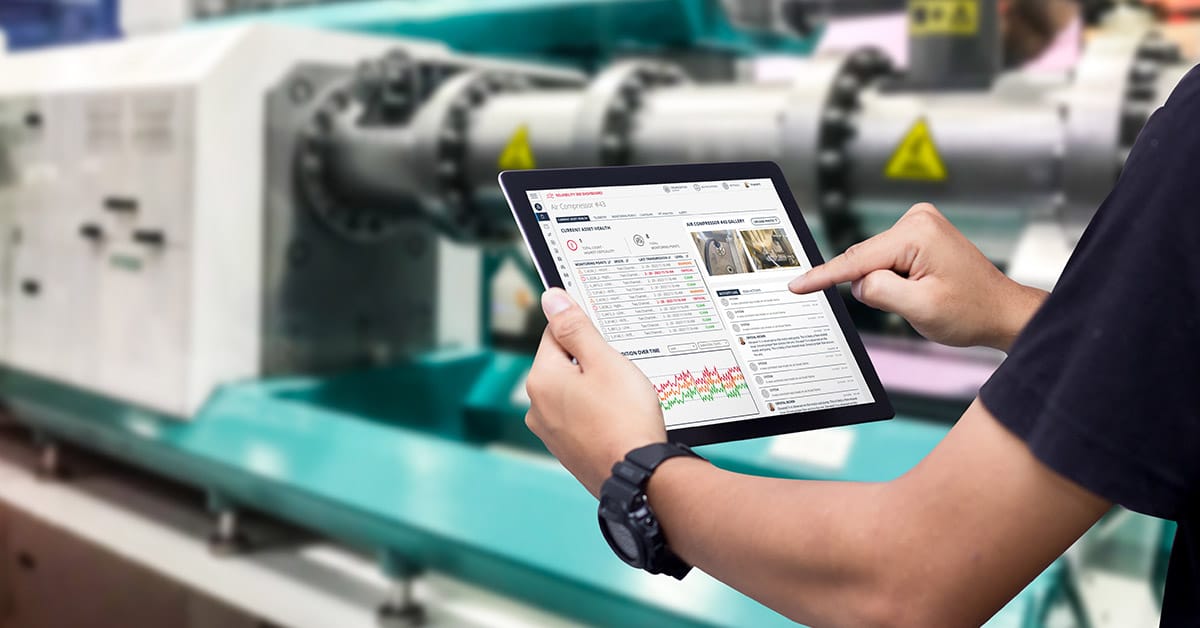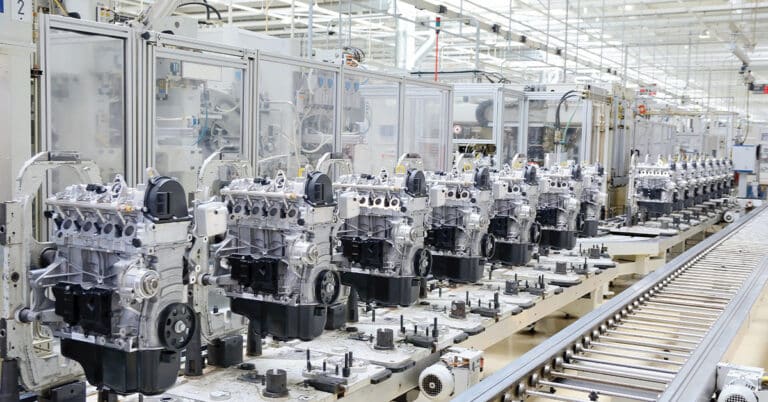What is machine learning? Although it has far-ranging and complex applications, this type of artificial intelligence has relatively simple underpinnings. Machine learning identifies patterns — even subtle ones — in large amounts of data and uses those patterns to provide some type of useful output, such as a prediction about future outcomes. It is in this area that machine learning in maintenance is especially useful, enabling advanced and accurate predictive maintenance strategies.
Types of machine learning
There are numerous machine learning methods, all having one common thread: they are created to enable the machine to become more “intelligent” over time, with more data and feedback, enabling a scenario where the ML algorithm outputs useful results for which it has not been specifically programmed, but which it has “learned” how to produce.
Common ML types are:
- Deep learning: Deep learning relies on neural network technology — essentially, a computer program built to mimic the operation of the human brain. By combining a massive amount of “neurons,” deep learning programs can identify even the most subtle or deeply buried patterns, even in relatively small amounts of data. Deep learning offers the exceptional ability to separate a useful “signal” from an exponentially larger amount of “noise,” and to provide actionable and accurate predictions from there.
- Supervised learning: In supervised learning, data is more elaborately “cleaned” to provide more guidance to the machine learning Supervised learning entails ongoing data review and labeling to direct the ML program to similar types of patterns. Although supervised learning is most useful with larger amounts of data and more hands-on data management, it can provide incredibly accurate and sophisticated predictive results.
- Unsupervised learning: Unsupervised learning allows the ML algorithm free rein to identify any types of patterns that may be present in a data set, without guidance via other inputs. This type of learning is not as frequently used, but it has valuable applications in identifying patterns that may not have otherwise been detected.
- Reinforcement learning: In reinforcement learning, the algorithm casts a wide net to identify patterns in data, and then receives feedback — positive or negative — as to whether it is operating effectively or providing useful information. Based on this feedback, the algorithm will change tactics or continue down a similar path.
Predictive maintenance machine learning technology operates on principles that are more accessible and understandable than they may seem at first glance. In practice, however, artificial intelligence and machine learning algorithms and supporting equipment must be implemented and operated by trained and experienced personnel to be useful and effective. Rather than engaging in extensive and costly training that may or may not produce results, many facilities choose to outsource machine learning for predictive maintenance.
Benefits of machine learning for predictive maintenance
When used as part of a predictive maintenance strategy, machine learning can yield major benefits. These may include:
- More efficient maintenance spend: Instead of a preventive maintenance approach that occurs like clockwork whether it is needed or not — and which may or may not prevent an unexpected issue that occurs in between scheduled maintenance — machine learning is able to offer accurate predictions about when a given component or machine might start showing signs of failure. By providing this heads-up to maintenance personnel, they can then investigate the issue and remedy it as needed.
- Little or no unplanned downtime: With useful insight into potential upcoming maintenance issues, facilities can then schedule maintenance for the least disruptive times, regaining control over the production schedule and vastly reducing — or even eliminating — the unplanned downtime that is the culprit of so much resource waste.
- Production improvements: As the ML algorithm becomes increasingly “intelligent,” it can provide more nuanced and in-depth information about forecasted equipment performance, reaching a point where it can not only predict maintenance problems but can also assist in keeping equipment operating at peak performance and capacity, improving quality and production efficiency.
Industrial sensors: The equipment that makes machine learning work
Machine learning requires data to be effective — the more of it, the better. While some machine learning methods can get up and running with a relatively small amount of data, the most effective results occur when large amounts of well-organized and labeled data are available. Most importantly, remember that machine learning is not possible when no data is available.
From where does this data come? Industrial sensors, which may be integrated with equipment, or installed as an aftermarket add-on. These sensors gather performance data and indicators in real-time, communicating the information to a central data store where it is “cleaned” and analyzed. As more data is collected, the algorithm gets “smarter,” and results improve.
Who benefits from machine learning technology?
Any manufacturer with industrial equipment and maintenance needs taking advantage of predictive maintenance can benefit from machine learning. This technology can exponentially improve prediction accuracy and grow more effective over time, providing major ROI benefits.
Typical industries include:
- Aerospace
- Automotive
- Building products
- Consumer packaged goods
- Heavy equipment
- Paper and pulp
- Power Distribution
- Tire and rubber
Machine learning services could save you …
Sample benefits of machine learning services include:
Time savings:
- Less time on unnecessary maintenance tasks, freeing resources for higher-value functions
- Outsourcing reduces your time spent on administrative and personnel issues
- No need for onboarding or training — maintenance partners are trained and certified to be ready to produce results
- More accurate maintenance and inventory ordering
Cost savings:
- Costly unplanned downtime can be reduced or eliminated
- A maintenance partner means that you do not need to spend time or money hiring high-salaried in-house personnel to fulfill niche — yet important — tasks
- Maintenance is more valuable by occurring only when needed
- Inventory is streamlined, with less loss or waste of spare parts


